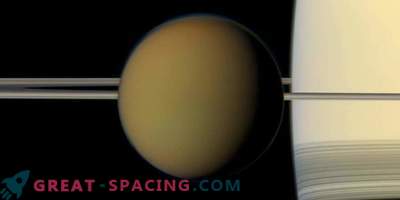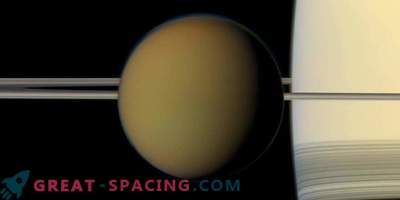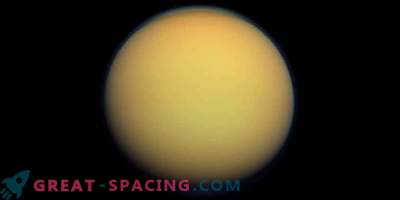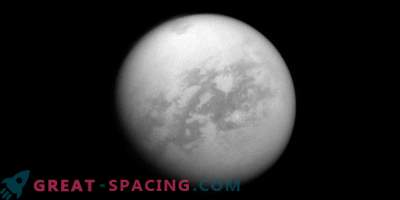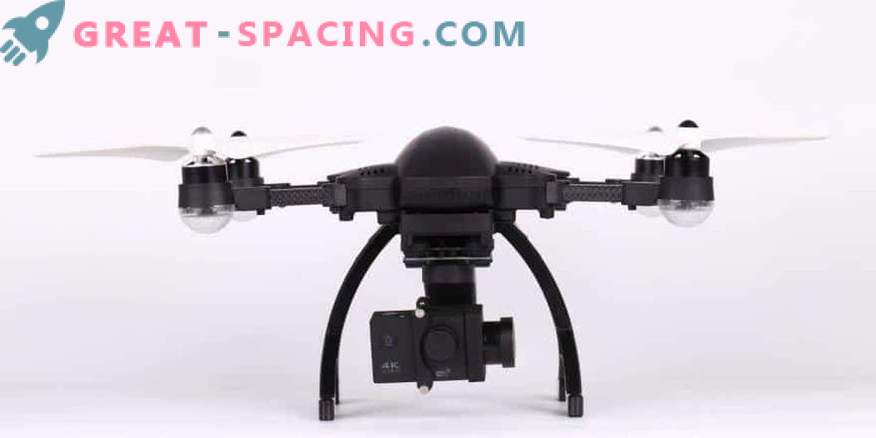
Artistic interpretation of the Dragonfly apparatus, which can explore the habitat on Titan
NASA researchers received an offer from the J. Hopkins Applied Physics Laboratory to supplement the New Frontier mission. It plans to use a bi-directional quadrupole instrument with a radioisotope instrument. With it, you can explore the habitat on the largest satellite of Saturn, Titan.
The concept of Dragonfly is a revolutionary solution in the development of unmanned aerial vehicles. Due to the increased strength, they manage to easily change the situation and withstand extreme conditions.
Titanium's surface chemistry is rich in carbon with water ice and inland ocean. These components attract attention because they are able to provide an environment for creating life. There is also organic material, which in its composition may resemble early terrestrial forms. Dragonfly is able to maneuver in a dense atmospheric layer of the satellite and safely fall to the surface. Flying on Titan is much easier, because there is not only high atmospheric density, but also low gravity. Solar energy will not be enough, so the device uses a multi-band radioisotope thermoelectric generator.
The device will be able to take samples of the atmosphere at each site, and the rest of the instruments will assess the environmental conditions:
- mass spectrometer - will study the surface and atmospheric composition.
- gamma-spectrometer - composition below the surface.
- sensors of mineralogy and geophysics - atmospheric conditions (wind, temperature, pressure, seismic activity).
- camera - captures the physical and geological nature of the surface.
The totality of the measurements will help to much better understand the chances the Titan has on the matter of the existence of life forms.

